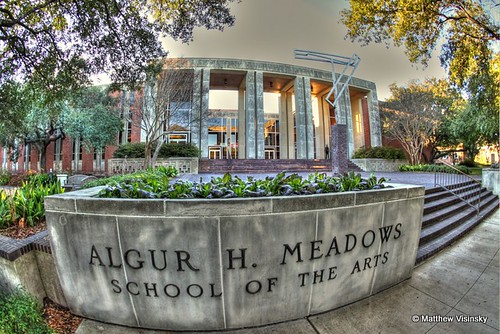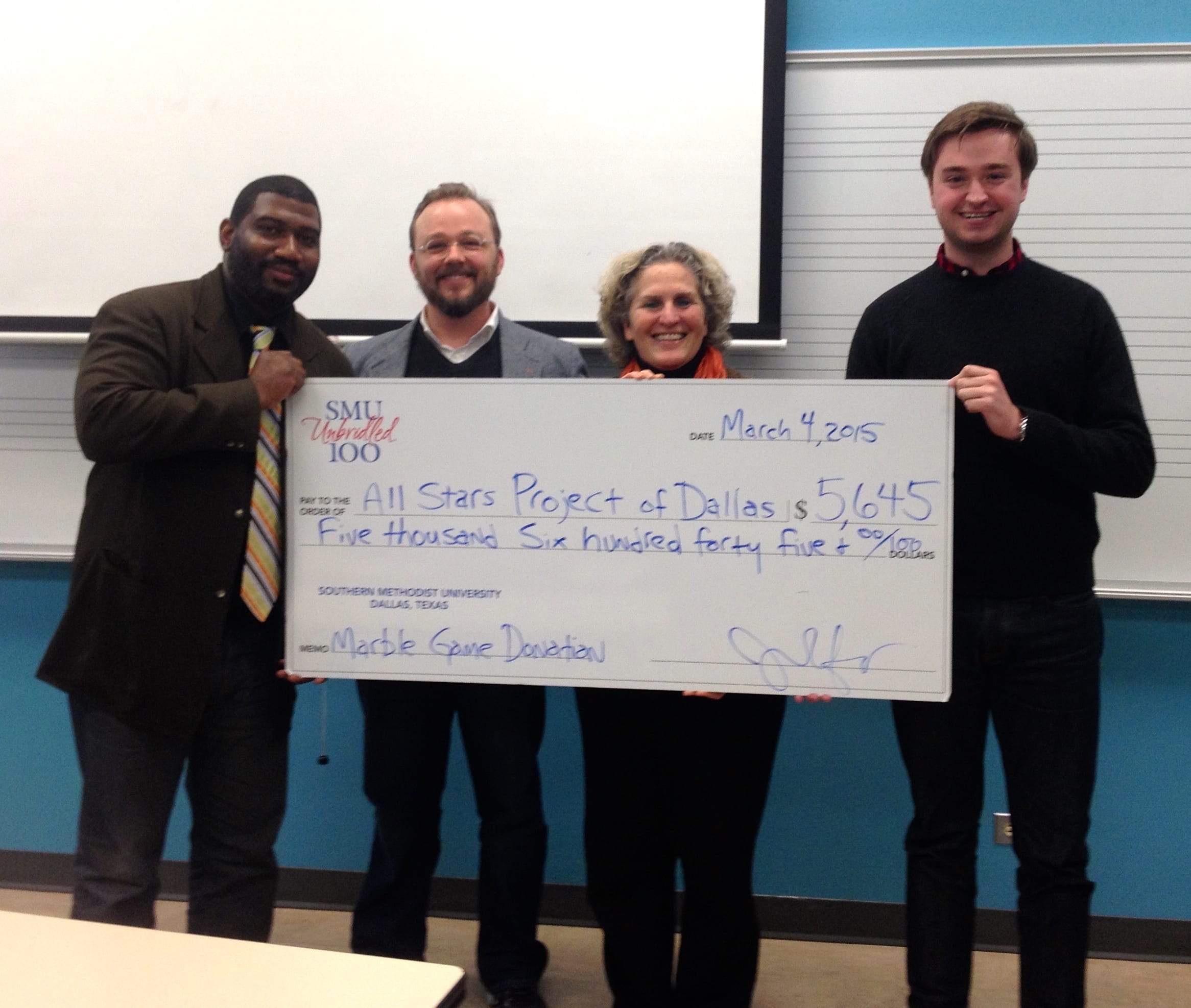Originally Published at www.tcg.org
What If…Artists Were Trained As Entrepreneurs?
by JIM HART
in WHAT IF?
Learn more about the What If…? Project
What if entrepreneurial training was a central part of an artist’s education?
Our current standard of American arts education is one of “all arts technique and no real business skills”. Graduates often know how to create works of art, but not necessarily how to make a living from their art. This standard causes widespread unemployment for an extreme majority, leading to the starving artist stereotype and “actors really being waiters”. Our standard approach is an antiquated system. We need a new standard. Entrepreneurial training needs to become a central part of arts education, as it can help create jobs, with artists creating opportunities for themselves.
Our arts programs need to throw the cookie cutters away and inspire students to explore and find their individual voice, to discover their potential to be independent, while simultaneously teaching how to compete for commercial opportunities.
Well-meaning teachers often tell students ”Do these things after graduation to find work”. This same advice is communicated in schools across the country. The typical path in theatre training includes mailings to casting directors, lining up for open calls, knocking on doors for representation, creating showcase oriented work, etc. The problem with this path is that the majority of the competition is following the same advice. How does one compete when countless others are on the same path? The market is over-saturated. There are too many players and not enough commercial opportunities. We educators need to inspire artists to get off of the over-crowded path and to instead, create their own. Quoting mythologist Joseph Campbell, “The secure way is really the insecure way…”
Perhaps the greatest outcome of developing artists’ self-sufficiency is that, inevitably, as they create opportunities for themselves, they will create jobs for others. Entrepreneurial artists can perceive gaps in the market and can work to fill those gaps, creating a niche in the process. They know how to adapt to, work with or overcome the inevitable obstacles they will inevitably face. Self-sufficient artists create opportunities themselves, rather than giving all authority and ability to work over to others–like agents, casting directors, producers, directors, etc. Today’s artists need to know how to develop new audiences (of their choosing) and how to communicate with those audiences to create work that is relevant and valuable to both artist and audience. With this new standard, more artists might develop a goal of service, rather than “self-service” in the popular pursuit of celebrity and we might see more avoiding unemployment handouts between jobs and, instead, creating opportunities that contribute to the economy and further develop their careers and our national culture.
Why are more programs not better preparing their artists to survive and thrive? Some are. Google a bit and you will find schools around the world are simultaneously developing this burgeoning discipline. In America, there are a couple programs, but they look more like MBA programs than arts training. Others are dipping their toes by offering minors. But, they also look like business schools. Converting our art schools into MBA programs is not the answer. A better option is an equal marriage of arts and entrepreneurial techniques, which are based in experiential learning (less theory and more learning by doing), which is what most artists desire in the first place.
Many schools recognize this problem of mass unemployment of their graduates, but are slow or unwilling to change because for them, things are working just fine. Business revolves around supply and demand and as long as schools have a steady demand of applicants, programs will be reluctant to change. Some schools desire change, but are so mired in bureaucracy and competing departmental interests that they are unable to do so effectively, if at all.
One of the great functions of academia is to address social problems. Knowing that our standard in arts education leads to rampant unemployment, is it not a moral imperative to aggressively address this problem?
All artists have the potential to generate original work for profit and some do. However, many more would if they knew how. Some figure out how to survive and thrive on their own, but think how their struggles might be lessened if they learned these skills in school.
Entrepreneurship teaches artists to identify what makes them both different and necessary. Identifying their difference helps them compete. Artists with a principle goal of serving others, have the potential to become necessary. Being necessary can increase one’s chances of making a living.
Some programs argue they presently have so little time that they want to offer as much arts technique as possible to develop their artists’ artistic ability. This is another well-meaning intention. However, to achieve mastery, one typically needs far more than four, six or even seven years of training. One must always be training, always working or their tools will dull and rust. A career in the arts is not a sprint. It is a marathon run. What less important courses can be substitutednow for the greater good of self-sufficiency? All change requires sacrifice. We must sacrifice the unnecessary to yield to the necessary.
Some argue that creating art with a profit motive is “selling out”. This misguided thinking perpetuates the starving artist stereotype. We are not talking about selling out. We are talking about selling art. Art for art’s sake has its place, but not at a cost of feeding oneself. Purposeful value creation for others is not selling out. It is an act of service.
Examples of what entrepreneurship can yield:
Entrepreneurship in the arts is nothing new. Artists have been entrepreneurial probably as long as art has existed. Many stumble into entrepreneurship–out of necessity and others by desire.
Entrepreneurs look for potential gaps or opportunities within the market. If a market is over-saturated, it is probably not the best place to be to be setting up shop, as one will have to compete with sizable odds and obstacles. More competition, more risk and the less likelihood of success. However, if one chooses an alternate path to the typical (of New York and Los Angeles) and, instead, looks to markets where there are sizable cultural gaps or interests under represented (potential audience), artists have the opportunity to fill such a gap and create a niche, which can dramatically increase the artists’ chances of making a living.
What are other communities offering that yours is not? Is there an avant-garde theatre, a children’s theatre, a Shakespeare company, a political theatre group, etc? What does not exist that an audience may respond to and the artist creator may want to create? If something does exist, can you effectively compete?
What Cirque du Soleil has created is nothing less than marvelous. From their humble origins as street performers, they now have satellite productions performing across the world and have created one of the most beloved theatrical events in contemporary history. Perhaps they can serve as a model of what is possible in the larger scale.
Not every artist needs to (or should) desire to be Cirque, but can find lessons in what they did. They are creating great value for their audiences and doing so in a unique way. They have a unique voice and have created value that people desire and will return to see, giving them large profits. Blue Man Group has done something similar. They have created a unique aesthetic, articulated their value, found their audience and created content for an often-loyal audience.
Entrepreneurial arts training need not lead to only theatrical productions and the formation of theatres. When actors have training in entrepreneurship, they can view their career as a “business of one”. By thinking of their pursuits as a business and structuring their actions accordingly, they increase their chances of success.
One can do both: Pursue commercial opportunities and simultaneously create work for oneself. In doing so, one works more and as we know, work creates more work. It is a law momentum.
Graduates from the conservatory I built in Norway, The International Theatre Academy Norway, are developing theatre companies that do not presently exist in communities outside of the larger cities. Some of our current students have a great interest in social causes and are developing work that speaks to people suffering from cancer or sexual abuse and have found sponsorship, audiences and profits as a result of developing work of value for these audiences with a common interest and need.
Other graduates have found that the skills they have developed in entrepreneurial arts training have enabled them to compete in other mediums of artistry. Two of our recent graduates developed a pilot, two years of out school, with a major production company here in Norway and found themselves before studio executives who considered picking up it up. One of the ladies who created the pilot is presently in a popular Norwegian television show. Some have toured hundreds of times through communities throughout Norway, offering original theatrical work to paying audiences; while others go on to become teaching artists (who both teach and create). Others have developed careers as award winning filmmakers.
These artists I mention are not bound to only produce their own work, but continue to pursue and achieve commercial work in theatre, TV and film (at the studio and large scale theatre level and independently). Artists can do both and with a better understanding of how to navigate the market and create opportunities that have a profit potential, these artists can work more frequently. As we know, work generates more work. That is the great value of entrepreneurship in the arts–enabling artists to work more consistently and this is why it needs to become a new standard in arts education.
We know where “all arts technique and no real business skills” leads us. What might the next 50 years look like if we empower our artists with the skills to be independent, to have a clear and unique voice, to invent, create value, innovate, serve and adapt to market demands? With arts entrepreneurship as a new standard in arts education, the entire landscape may change for the better.




